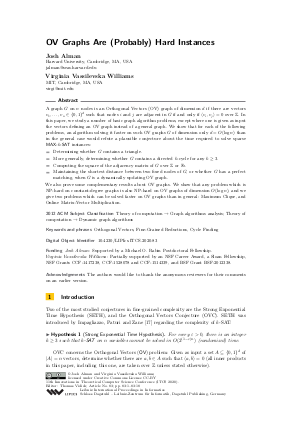LIPIcs.ITCS.2020.83.pdf
- Filesize: 0.52 MB
- 18 pages

 Creative Commons Attribution 3.0 Unported license
Creative Commons Attribution 3.0 Unported license































Feedback for Dagstuhl Publishing